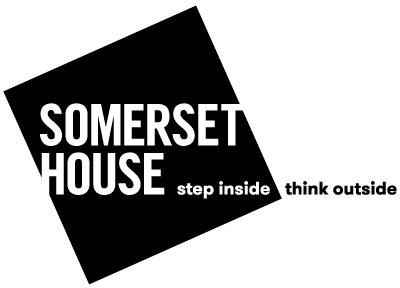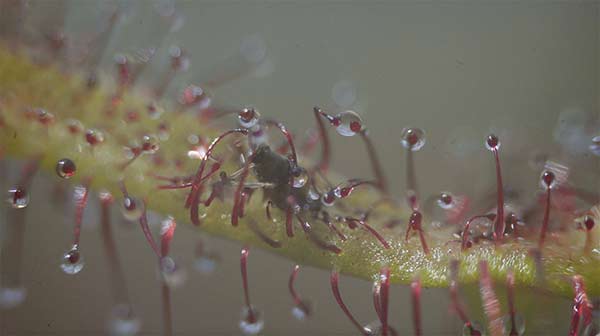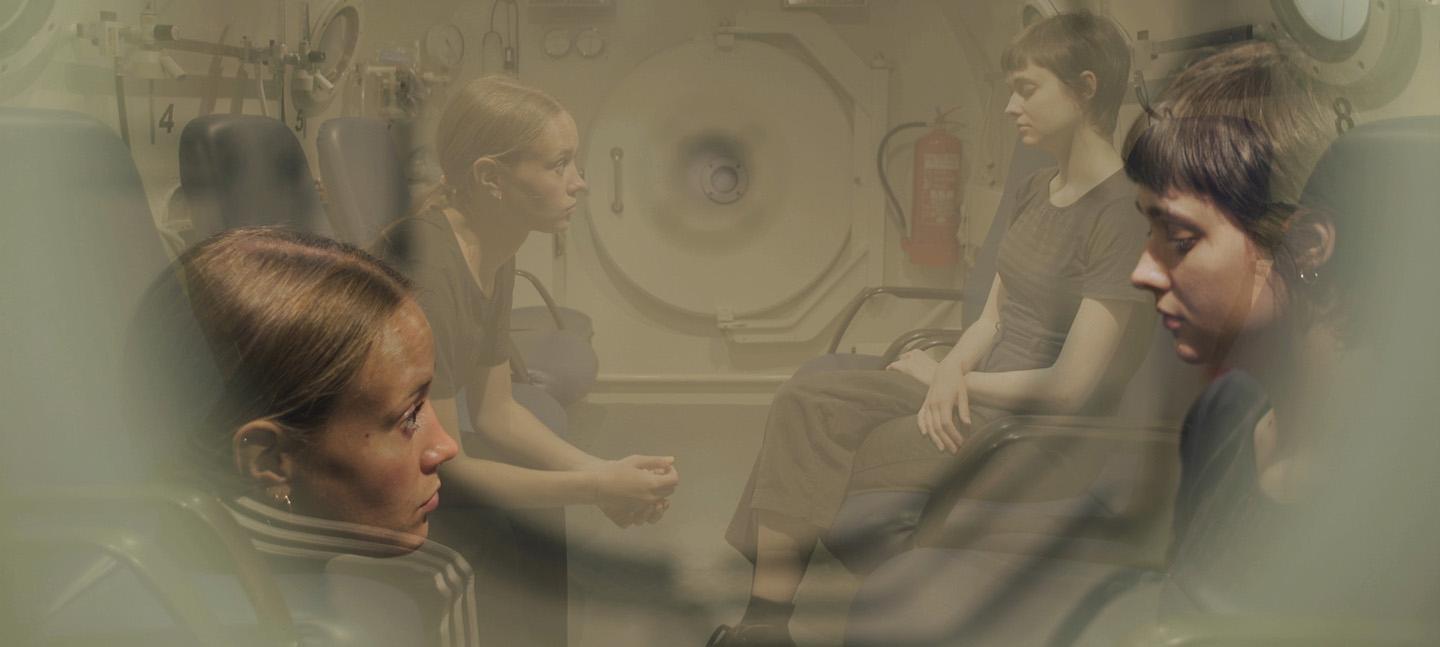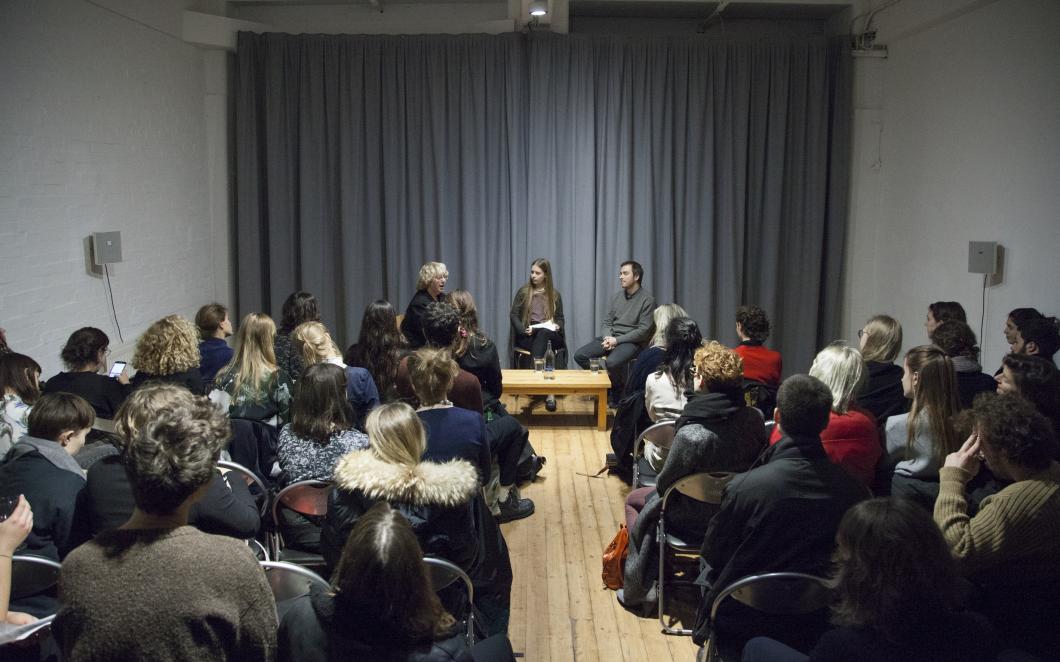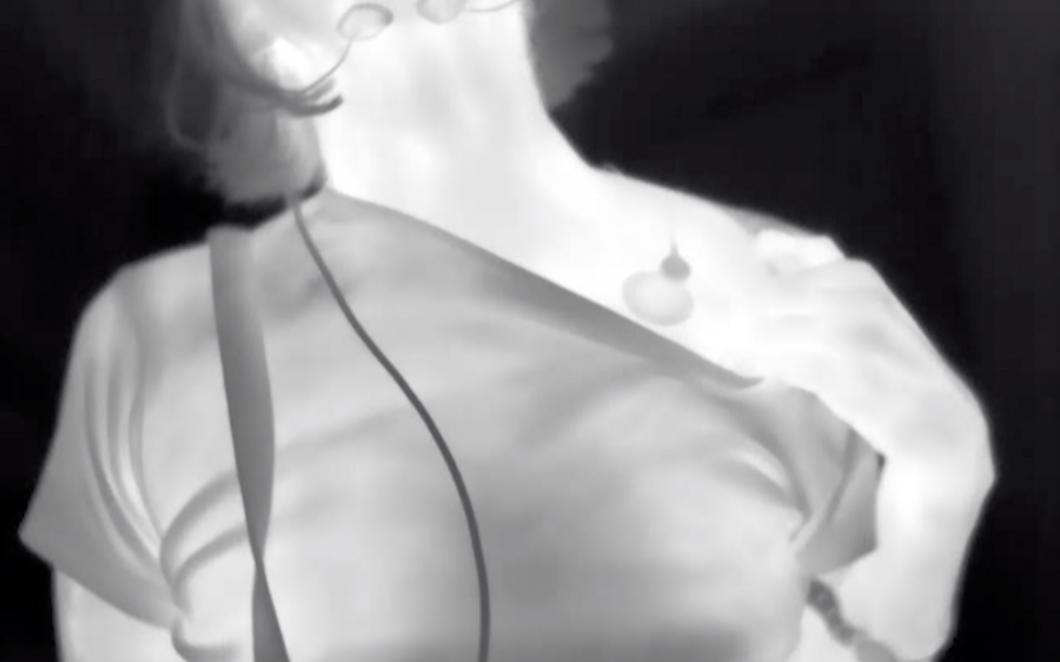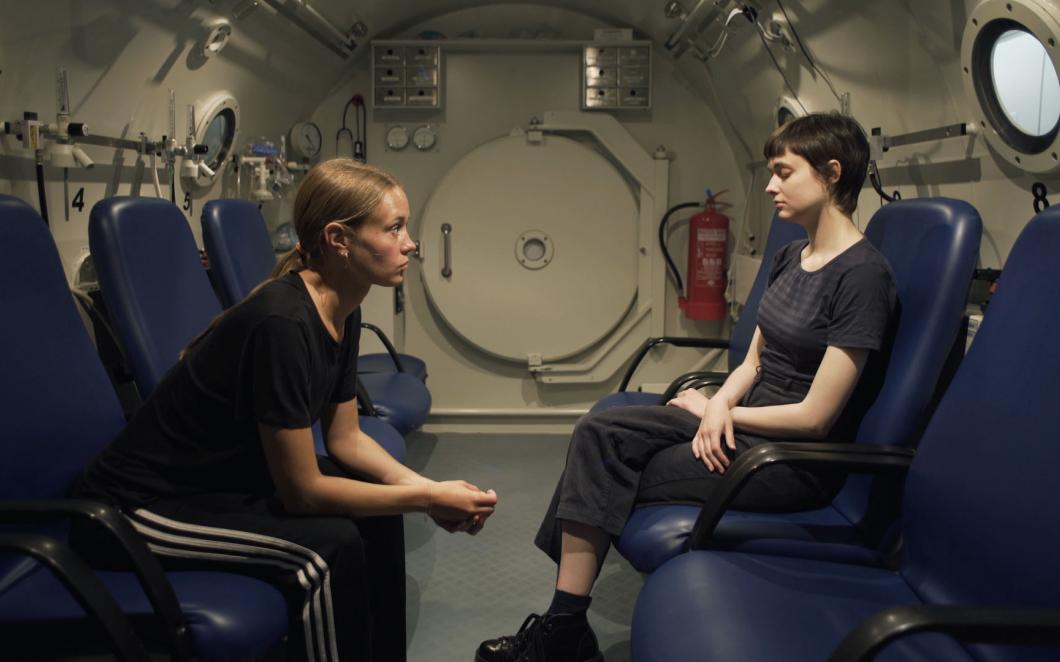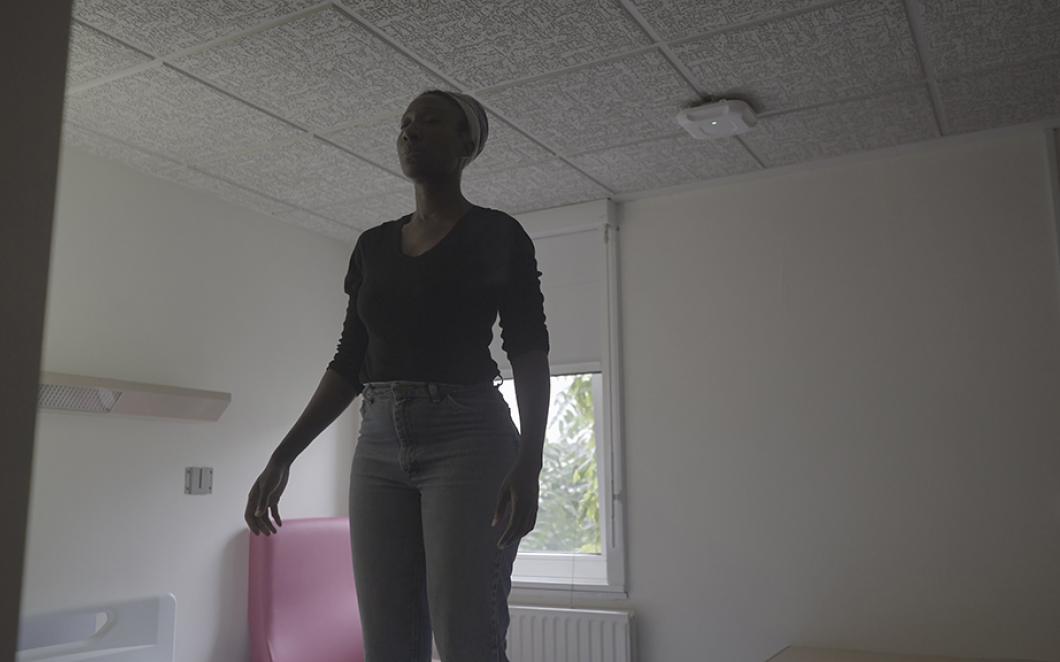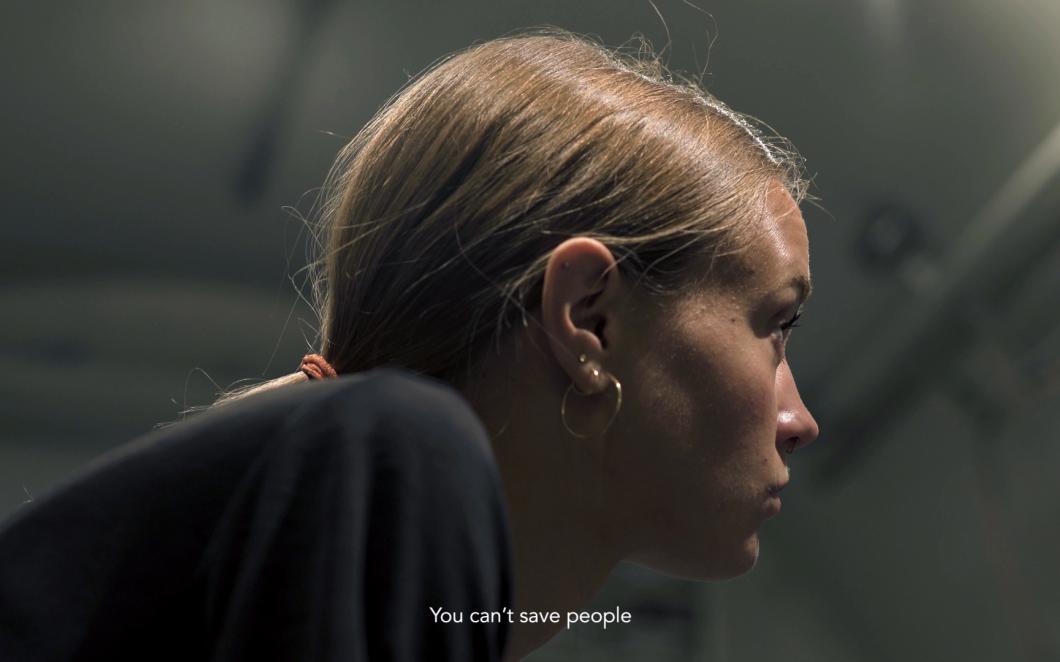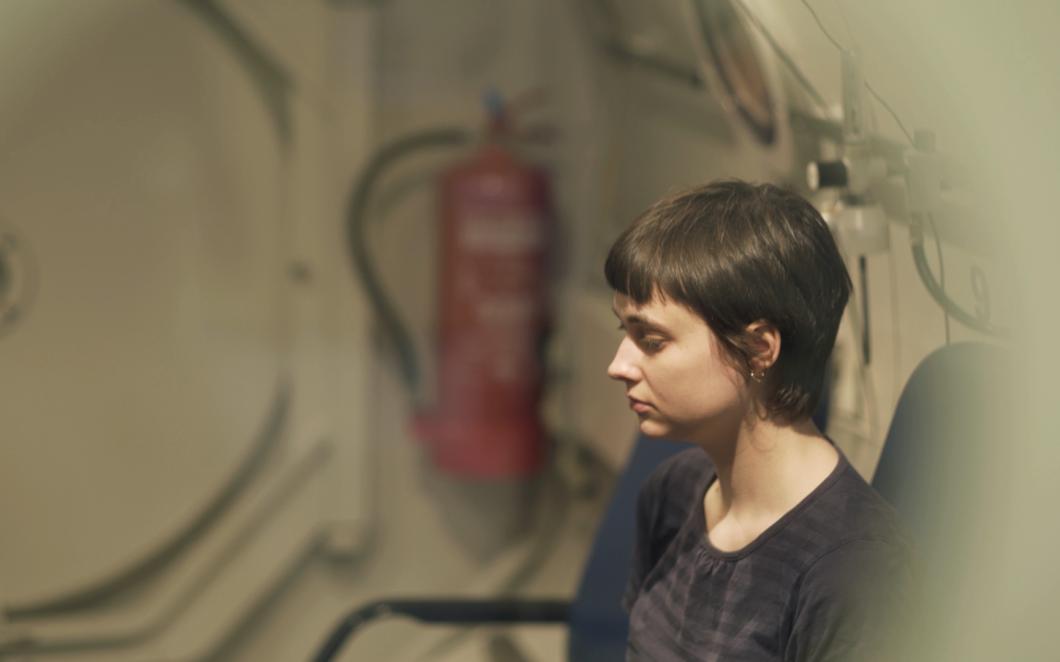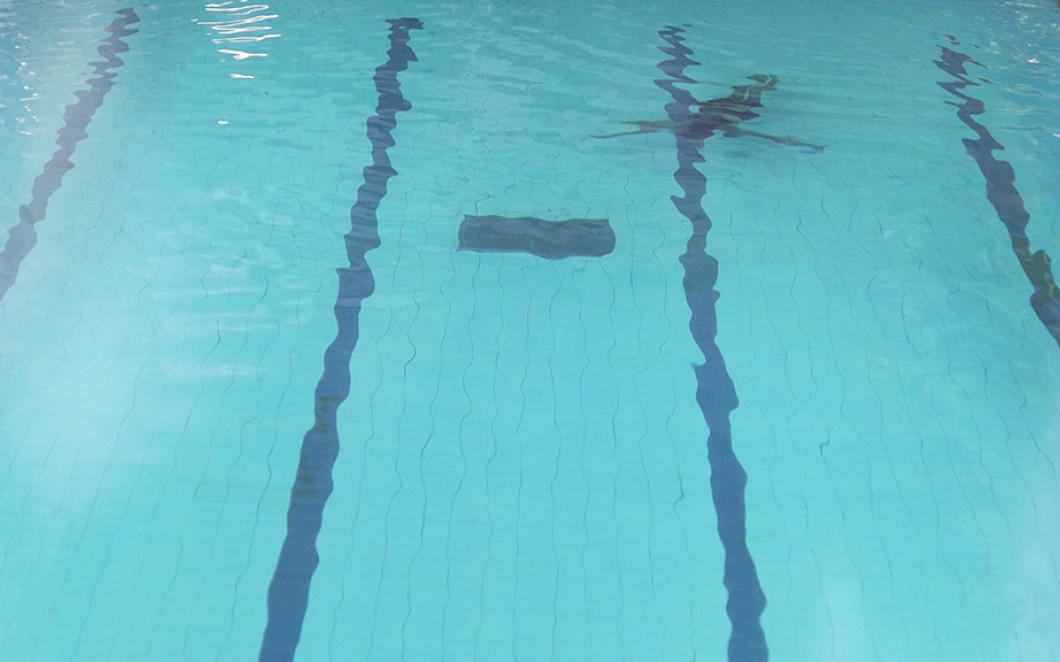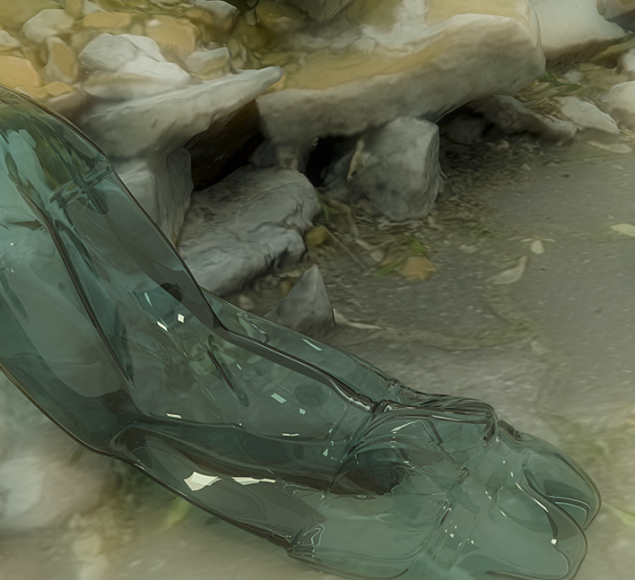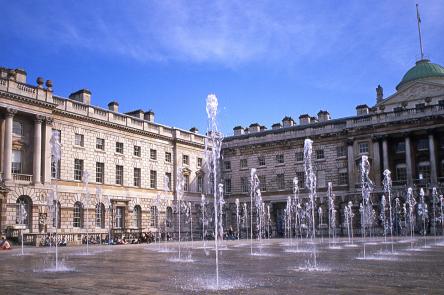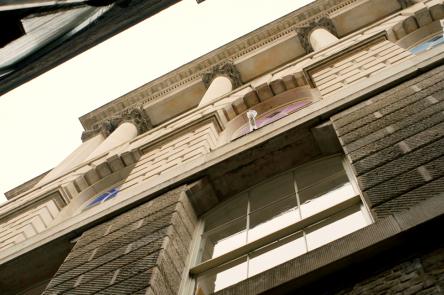
Ahead of presenting performance work Hyperbaric for Somerset House Studios' Hyper Functional, Ultra Healthy, we talked to artist Leah Clements about the research and experience behind the piece; one of six new commissions responding to the idea of 'wellness' as part of the new year programme.
Your work looks at emotional experiences; empathy, intimacy and the relationship between the psychological and the physical. Could you say a bit more about these ideas in relation to your practice?
My work is mostly based in film and performance, but also extends to things like group meetings, installation, and a VR game I made where you’re stuck in bed. Those themes you mentioned play out in different ways across different works. A live work I carried out at Chisenhale Gallery in 2015 called Beside for example, was set up as a talk between Prof. Sian Harding who is a research cardiologist, and Simone Severini who is a physicist. It was two academics having a conversation about their disciplines, but it was almost like a blind date in that I made sure they hadn’t met before, and hadn’t had a chance to discuss what they were going to talk about together, and also that they sooner or later had to address the elephant in the room which was that both of their research has hugely romantic metaphorical overtones.
Sian specialises in a type of heart attack called Takotsubo Cardiomyopathy, also known as ‘heartbreak syndrome’, as the vast majority of cases occur in people who have just been bereaved - usually older women who’ve just lost their partner. Simone’s specific area of research is quantum entanglement: a phenomenon in physics where two particles develop a special relationship where a change in one immediately causes an impact on the other - even if they’re as far away from each other as one on earth and one on a star. I chaired the conversation and gave the odd prompt, but mostly Sian and Simone had to find their way through communicating these things to one another and finding elements in common between the two of them.
